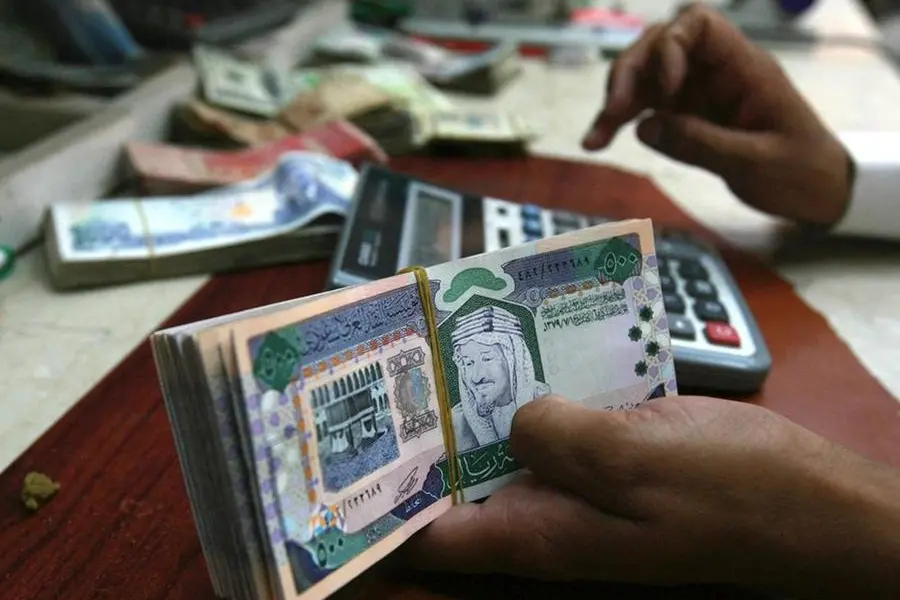Saudi Arabia has reported a stable inflation rate of 2.2% in October 2025, reflecting resilience in the kingdom’s economy amid global financial fluctuations. This consistency demonstrates the strength of economic policies and the effective management of consumer prices, providing reassurance to households, businesses, and investors alike.
Maintaining low and stable inflation is crucial for the country’s long-term growth, as it ensures that citizens’ purchasing power remains steady while supporting sustainable business operations. This figure signals that the economy is on a healthy trajectory, capable of withstanding external shocks while continuing its ambitious development plans.
Core Drivers Behind Stability
Several key factors have contributed to the steady inflation rate in October. Consumer goods prices, including essential items such as food and clothing, showed minimal fluctuations, allowing households to plan their budgets with confidence.
Energy costs, which often play a major role in influencing overall inflation, remained stable due to consistent policies and effective market management. This stability has been instrumental in supporting both private consumption and broader economic growth.
Moreover, the Saudi government’s strategic investment in infrastructure and social programs has helped maintain balanced economic momentum, ensuring that demand and supply remain closely aligned.
Positive Outlook for Households
For Saudi families, stable inflation translates to predictable living costs. Essentials like groceries, healthcare, and transportation have not experienced sharp increases, easing financial stress and supporting a higher quality of life.
The steady rate also encourages households to save and invest, contributing to broader financial stability and personal security. Predictable expenses foster confidence among consumers, who are now more likely to plan for long-term goals such as education, home ownership, and retirement.

Business Confidence and Market Growth
Low and stable inflation is equally significant for businesses. Companies can forecast costs more accurately, invest in expansion, and plan employment strategies without the fear of sudden price shocks.
Small and medium-sized enterprises (SMEs), which form the backbone of the Saudi economy, particularly benefit from this economic steadiness. Predictable costs for raw materials, utilities, and transportation allow these businesses to allocate resources more effectively, fueling innovation and operational growth.
Furthermore, investor confidence is reinforced by steady inflation, as both local and foreign investors perceive a low-risk environment conducive to long-term planning and financial returns.
Global Context and Resilience
While many countries are grappling with fluctuating inflation rates due to global economic pressures, Saudi Arabia’s consistent figure highlights the resilience of its economy. Strategic policies, careful monitoring of financial markets, and proactive measures to stabilize consumer prices have proven effective in shielding the nation from external shocks.
This stability positions Saudi Arabia as an attractive destination for investment, offering a reliable economic environment amidst a world of volatility. International businesses and financial institutions recognize the kingdom’s ability to maintain equilibrium, bolstering confidence in long-term growth prospects.
Sector-Specific Insights
Different sectors contributed uniquely to the overall inflation picture. Food and beverage prices remained moderately steady, reflecting efficient supply chains and effective market oversight. Housing and rental markets showed minimal upward pressure, indicating that the government’s measures to ensure affordable housing are producing results.
Transportation costs, influenced by energy prices, remained consistent, providing additional relief to consumers and businesses alike. Even the healthcare and education sectors, often subject to cost variations, demonstrated stable pricing trends in October.
Government Measures Supporting Stability
The Saudi government has implemented a range of policies aimed at maintaining economic stability. Fiscal prudence, targeted subsidies, and strategic economic diversification initiatives have collectively helped keep inflation within manageable levels.
By focusing on both short-term relief measures and long-term structural reforms, the authorities have strengthened the economy’s ability to absorb shocks. These steps have been critical in maintaining public confidence and encouraging sustainable consumption patterns across the kingdom.

Economic Growth and Vision 2030
Stable inflation complements Saudi Arabia’s Vision 2030 goals by creating an environment conducive to investment, innovation, and job creation. Predictable economic conditions enable both domestic and international investors to support initiatives that drive technological advancement, infrastructure development, and industrial diversification.
This economic steadiness is also key to achieving social development objectives. Citizens benefit from reliable access to goods and services, while businesses and entrepreneurs gain the confidence to explore new ventures and expand existing operations.
The Road Ahead
Looking forward, maintaining stable inflation will remain a priority for Saudi policymakers. With ongoing monitoring, targeted fiscal interventions, and sustained economic diversification, the kingdom aims to continue fostering a balanced and resilient economy.
Experts suggest that sustaining this rate over the coming months will further enhance confidence in the domestic market and strengthen Saudi Arabia’s position as a regional economic leader.
Human Impact: What Stability Means Daily
Beyond statistics, stable inflation directly affects the everyday lives of Saudis. Families can shop for essentials without fear of sudden price spikes, students can plan for education costs, and entrepreneurs can grow businesses with predictable expenses.
This sense of stability fosters optimism, reduces financial stress, and supports a culture of long-term planning. In essence, it enables Saudis to focus on growth, innovation, and quality of life rather than constant concern over fluctuating costs.
Conclusion: Strength in Stability
Saudi Arabia’s inflation stability at 2.2% in October 2025 is a positive indicator of economic resilience, effective governance, and long-term planning. It reassures citizens, strengthens business confidence, and positions the kingdom as a reliable partner in the global economy.
This achievement reflects the combined impact of thoughtful economic policies, strategic government interventions, and an engaged citizenry. As the nation continues its ambitious development under Vision 2030, stable inflation will remain a cornerstone of sustainable growth and shared prosperity.
Do follow Gulf Magazine on Instagram.
Also Read – Saudi Leaders Extend Heartfelt Condolences to Türkiye After Military Plane Crash



